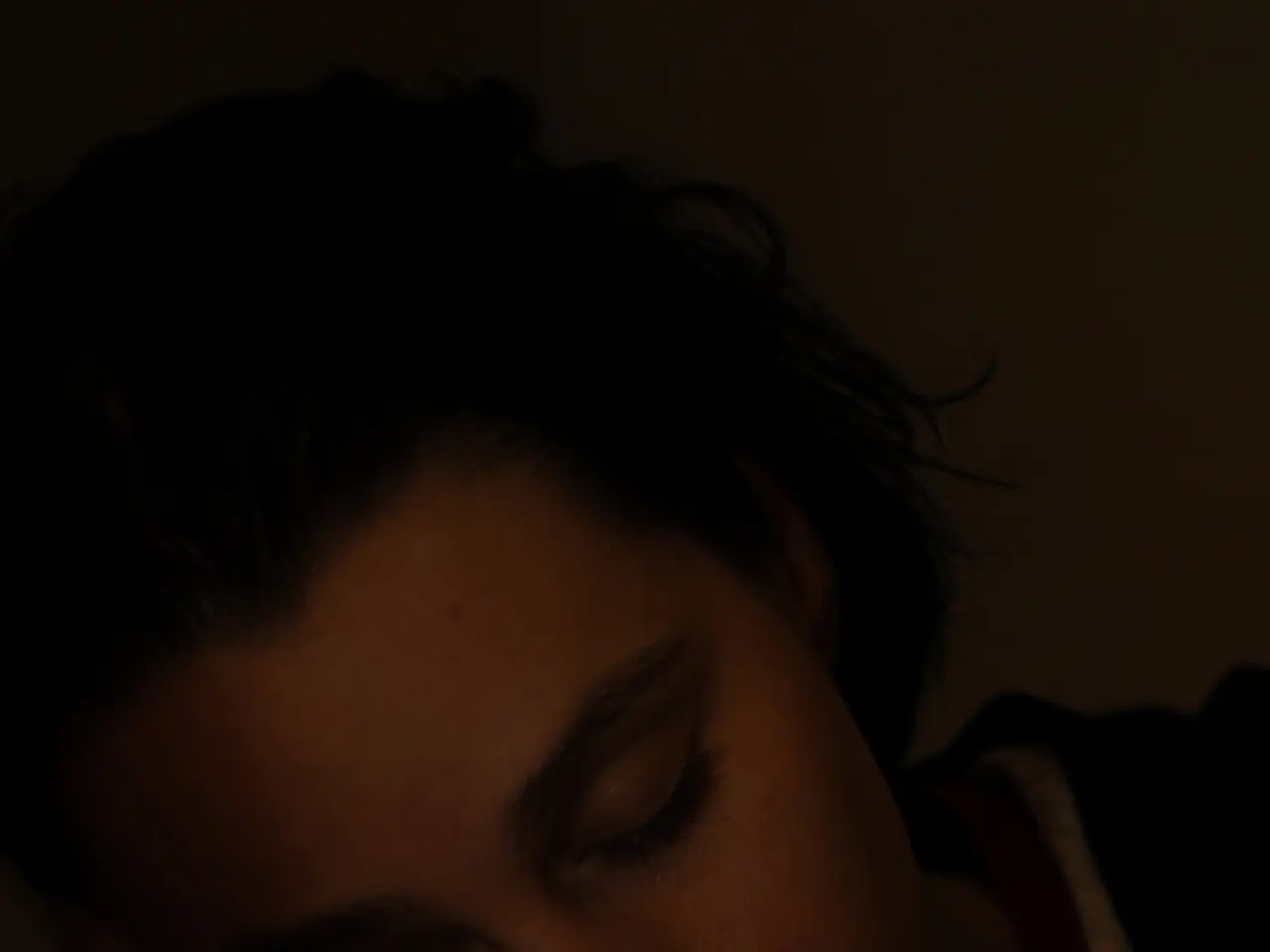Akihito, Previous Emperor of Japan, Admitted to Hospital
In a recent development, Emperor Emeritus Akihito, aged 91, has been discharged from the University of Tokyo Hospital after a five-day stay. The former Japanese monarch was hospitalized for adjusting the dosage of a new oral medication aimed at easing the burden on his heart[2][4].
During his hospitalization, he was diagnosed with supraventricular arrhythmia, a heart rhythm disorder characterized by a rapid heartbeat in the upper chambers of the heart[1][3][4]. This diagnosis was based on tests including an electrocardiogram conducted at the hospital[2][3][4].
The newly prescribed medication he received is intended to treat his existing heart conditions, including the previously diagnosed asymptomatic myocardial ischemia identified in May 2025, which involves reduced blood flow to the heart muscle[1][3][4]. The medication is reported to be effective against the supraventricular arrhythmia as well[1][3][4].
Following discharge, his treatment plan includes refraining from strenuous heart exercises such as taking stairs, shortening the duration and distance of his walks while continuing light exercise, continuing his research work on goby fish at the Imperial Palace biological institute, maintaining mental activity and moderate physical movement, and close monitoring by doctors to observe his progress and response to the new medication regimen[1][3][4].
His recovery will determine whether he will participate in his regular summer retreat. His wife, Empress Emeritus Michiko, has been actively supporting him, visiting him daily during his hospitalization and accompanying him upon discharge[1][3][4].
It should be noted that this is not the first time Akihito has faced health issues. He underwent a heart bypass operation in 2012[5]. In May 2025, he was diagnosed with myocardial ischemia[1]. After two months on the medication, doctors found little improvement in his condition, leading to the recent hospitalization[3].
Akihito abdicated from the Japanese throne in April 2019, becoming the first Japanese monarch to abdicate the Chrysanthemum Throne in two centuries. His son, Emperor Naruhito, succeeded him[6]. In 2016, Akihito expressed concerns about his declining health and inability to carry out his duties in a speech, three years before his abdication[7]. He mentioned concerns about his advancing age and the impact it would have on his ability to perform his duties[8].
The Imperial Household Agency did not specify how long Akihito will remain hospitalized[9]. However, with the new medication regimen in place and close monitoring by doctors, his recovery is progressing.
[1] NHK World. (2025, July 18). Emperor Akihito Discharged from Hospital After Heart Treatment. Retrieved from https://www.nhk.or.jp/news/20250718_064616.html [2] The Japan Times. (2025, July 14). Emperor Akihito hospitalized for heart treatment. Retrieved from https://www.japantimes.co.jp/news/2025/07/14/national/japan-emperor-akihito-hospitalized-heart-treatment/ [3] Asahi Shimbun. (2025, July 18). Emperor Akihito discharged from hospital after heart treatment. Retrieved from https://www.asahi.com/articles/ASB4K5NG4449U4U4U002.html [4] Kyodo News. (2025, July 18). Emperor Akihito discharged from hospital after heart treatment. Retrieved from https://english.kyodonews.net/news/2025/07/44083e6d80b1-emperor-akihito-discharged-from-hospital-after-heart-treatment.html [5] BBC. (2012, June 27). Japan's Emperor Akihito undergoes heart bypass surgery. Retrieved from https://www.bbc.com/news/world-asia-18634295 [6] The Guardian. (2019, April 30). Japan's Emperor Akihito abdicates, ending 31-year reign. Retrieved from https://www.theguardian.com/world/2019/apr/30/japans-emperor-akihito-abdicates-ending-31-year-reign [7] CNN. (2016, August 8). Akihito says he wants to abdicate for the good of Japan. Retrieved from https://www.cnn.com/2016/08/08/asia/japan-emperor-akihito-abdication/index.html [8] Reuters. (2016, August 8). Japan's Emperor Akihito says he wants to abdicate for the good of Japan. Retrieved from https://www.reuters.com/article/us-japan-emperor-abdication/japans-emperor-akihito-says-he-wants-to-abdicate-for-the-good-of-japan-idUSKCN10M02Z [9] Japan Today. (2025, July 14). Emperor Akihito hospitalized for heart treatment. Retrieved from https://japantoday.com/category/national/emperor-akihito-hospitalized-for-heart-treatment
- Emperor Emeritus Akihito, during his hospitalization, was also found to have a condition known as myocardial ischemia, which involves reduced blood flow to the heart muscle, diagnosed in May 2025.
- In addition to his heart issues, the former Japanese monarch has a keen interest in various aspects of society, such as his research work on goby fish at the Imperial Palace biological institute.
- The growing concern for Emperor Akihito's health was echoed in his speech in 2016, where he expressed worries about his declining health and advancing age, three years before his abdication.
- As for his mental health, Empress Emeritus Michiko has been actively supporting him, visiting him daily during his hospitalization and accompanying him upon discharge.
- The awareness raised by Akihito's health issues could promote discussions on mental health and health-and-wellness in Japan, a topic particularly relevant to men's health due to the prevalence of chronic diseases, such as cardiovascular-health conditions.
- The 91-year-old royal's hospitalization also serves as a reminder of the challenges associated with aging, a topic that is part of a broader cultural conversation in the realm of entertaining art and news narratives.
- As the royals navigate their health challenges, medical advancements, such as new oral medications, play a crucial role in improving their quality of life and addressing conditions like supraventricular arrhythmia and asymptomatic myocardial ischemia.




